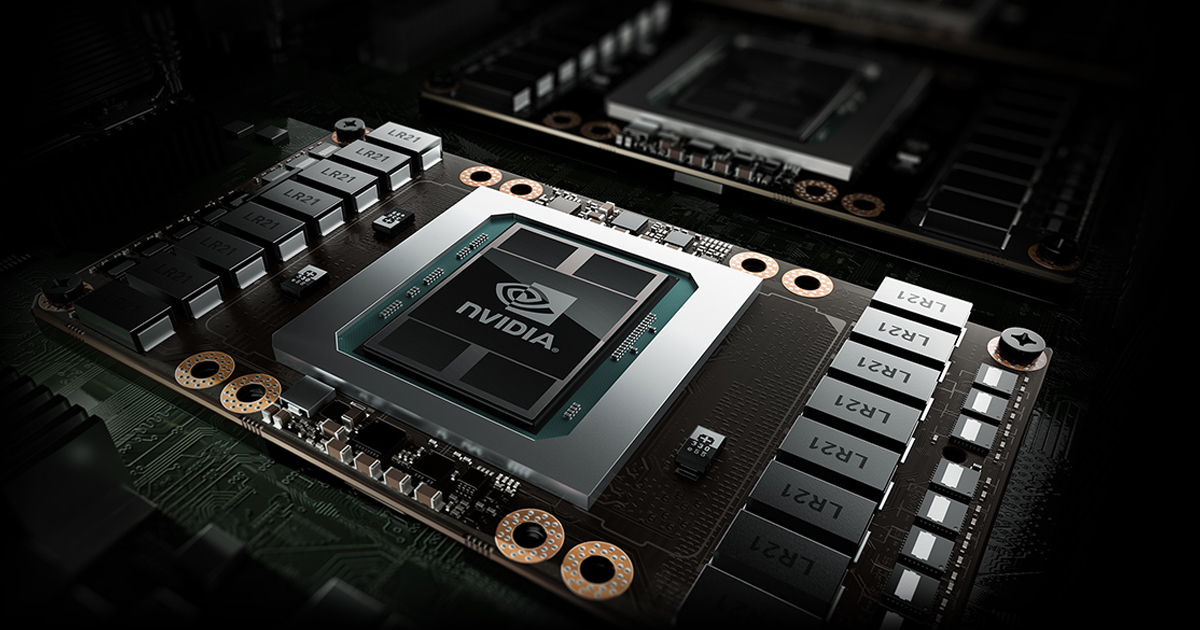
One of the things people got outright angry about when they
now cancelled RTX 4080 12 gig from Nvidia was announced was the memory
bandwidth a spec you might also see described as bus width or something similar
but why exactly is it so important is it some Ultra-wide wheeled vehicle that
carries your data to and for assuming they have a permission slip well actually
that questionable analogy isn't far from the truth you see a bus in Computing
is a general term for a data link between two components for example USB stands
for Universal serial bus because it's supposed to be a do everything connection
for transmitting data but in graphics card land the memory bus connects the GPU
itself to your card's video memory or VRAM the basic way a graphics card works
is that the GPU which you can see here acts upon data stored in the VRAM which
are these little modules to generate the images you see on your screen among
other things VRAM contains the textures that make the objects on your screen
look like they're supposed to as well as data used to create visual effects the
higher the resolution texture quality settings or VFX settings the more VRAM
your GPU will use which is why you sometimes see people criticize Nvidia or AMD
when they pair a powerful GPU that could otherwise Run games on high settings
with an insufficient amount of VRAM unacceptable and the more data that sits in
VRAM the wider memory bus you need to get that data to your GPU but how do you
read a spec sheet that gives a number of bits or gigabytes per second for your
memory bus and how do you know if that number is high enough.

So the bit width is just telling you how many bits the bus
can move for each cycle of the memory clock basically how much data is being
moved per one Hertz of course seeing as how memory speeds on Modern cards are typically
well over a thousand megahertz this adds up to quite a lot for example the top
end RTX 4090 has a bit width of 384 bits but this translates into around one
terabyte per second of total memory bandwidth now most of you aren't going to
be buying a Daddy Warbucks level graphics card so how much does bus width matter
as you go down the product stack the answer is not a whole heck of a lot without
additional context just like it's unwise to compare raw clock speeds between
different generations of CPUs because they're underlying architectures are so
different you can't simply look at the Raw all bus width for your VRAM and
decide that a product is over or underpowered it's not that simple a good recent
instance of this was the reaction to the 12 gigabyte version of the Nvidia RTX
4080 prior to Team Green pulling the plug on the card completely although the criticisms
of the card being positioned as a 4080 despite the fact that it had lower tier
specs were completely warranted some of the anger at the memory bus specs had
us raising an eyebrow at first it seemed silly that the 40 80 12 gigabyte
version was shipping with a 192-bit memory bus narrower than the previous gen
RTX 3070 however with the higher power draws and thermal output of the Ada
Lovelace GPU series The 4080 12 gig was to get a massive 48 megabytes of level
2 cache which is extremely fast memory that sits on the GPU die itself and is
separate from the main VRAM this might not sound like much but it's actually a
huge leap from the six megabytes that the previous Flagship 3090 TI came with
the idea.
That substituting VRAM bandwidth for cash is easier on your
card's power and thermals and we might see this become more common in the
future as we try and squeeze more and more performance out of the GPU’s
themselves okay so that was a lot here's our point a wider bus and more memory
bandwidth is better that's true however as always you can't rely just on the
spec numbers when buying your next graphics card instead read reviews and
benchmarks and specifically look to see if there are reported problems with
textures or visual glitches at higher frame rates and quality settings on cards
that have relatively narrow memory buses prioritize a strong GPU and having enough
VRAM and worry about memory bandwidth only if something seems off when looking
at test results besides there are already enough specs to keep track of anyway
like if the card you want will even fit in your case thanks Nvidia.